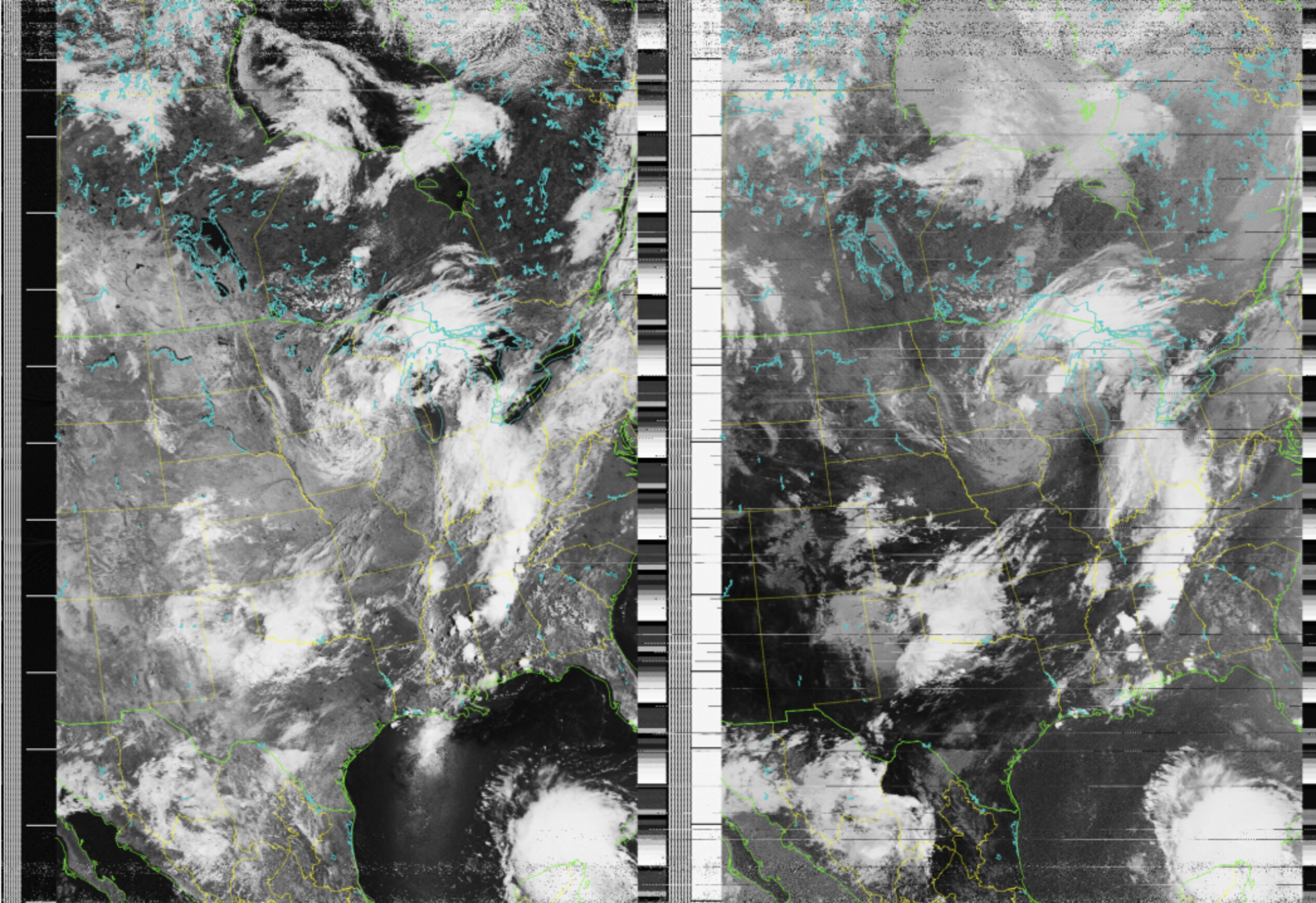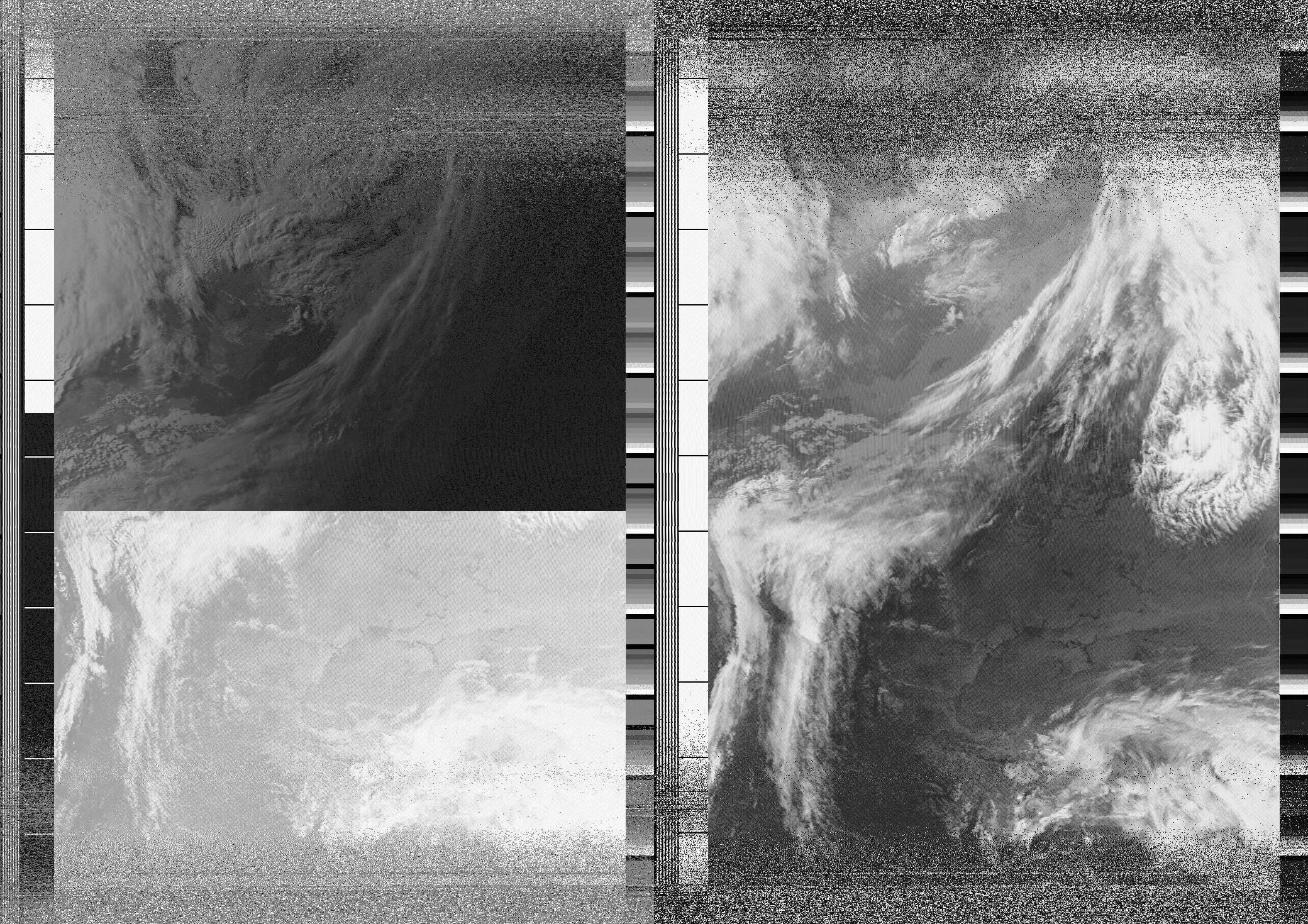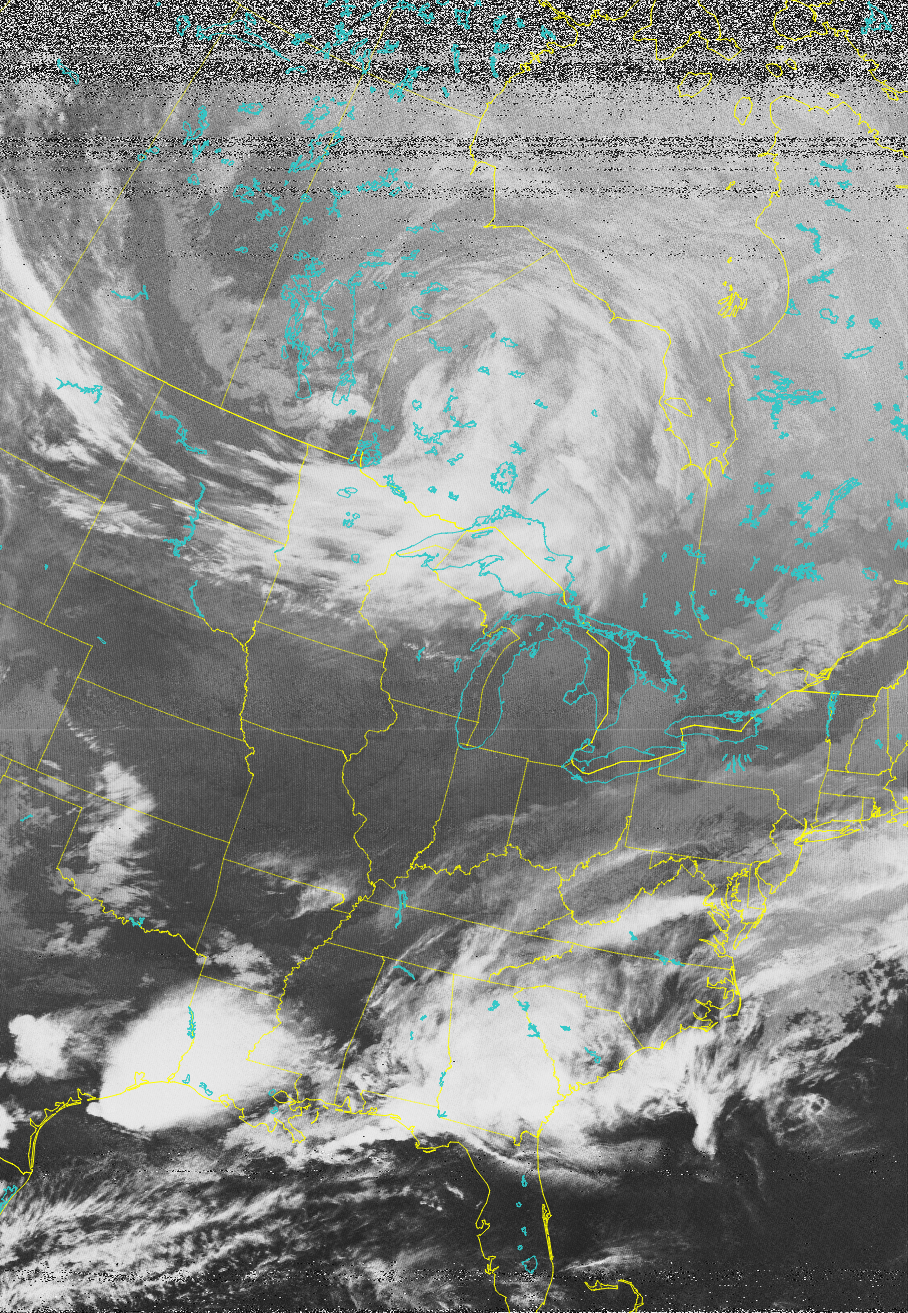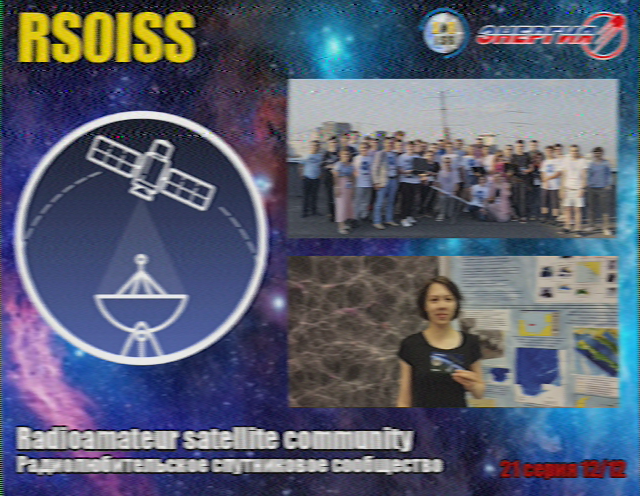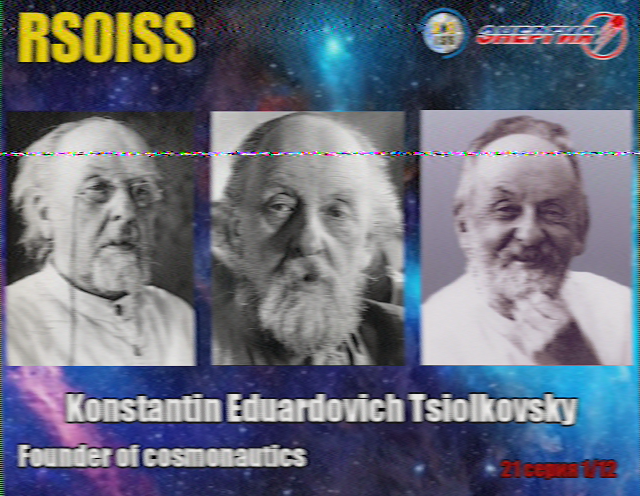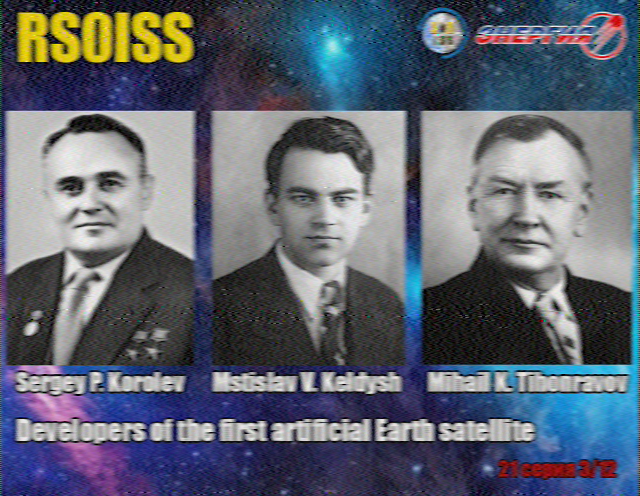Amateur Satellites
166 readers
1 users here now
Discussion about amateur reception and processing of data from artificial satellites, primarily through radio signals but data from internet resources is welcome too.
founded 1 year ago
MODERATORS
1
2
3
4
5
6
7
8
9
10
11
12
13
14
15
